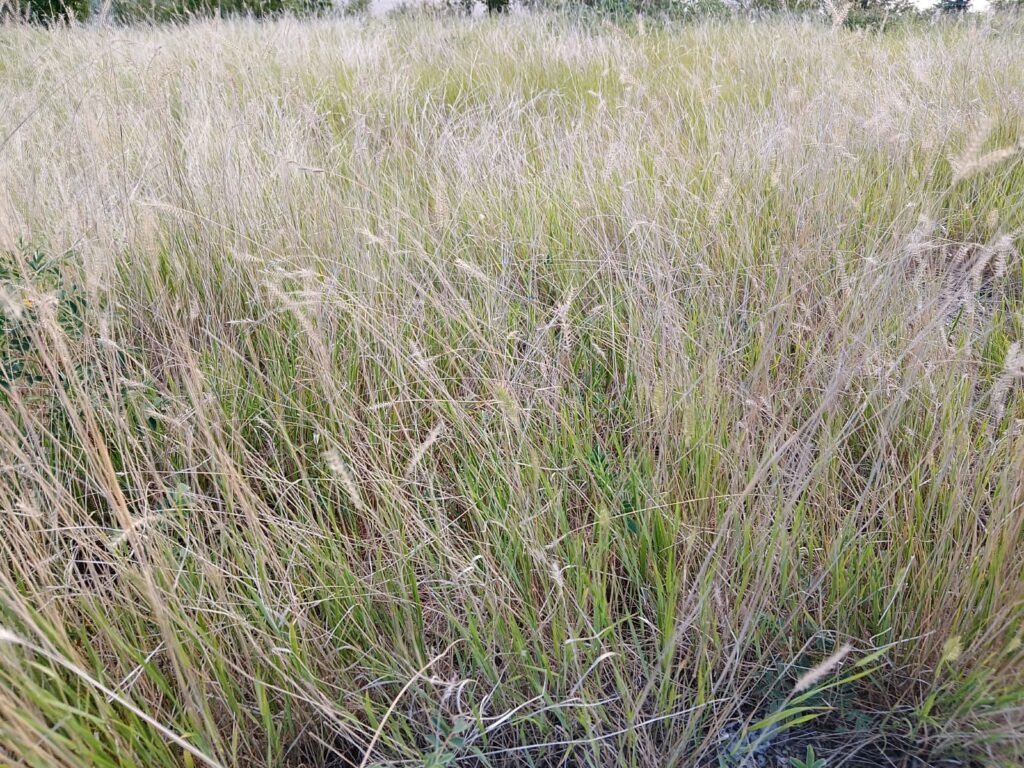
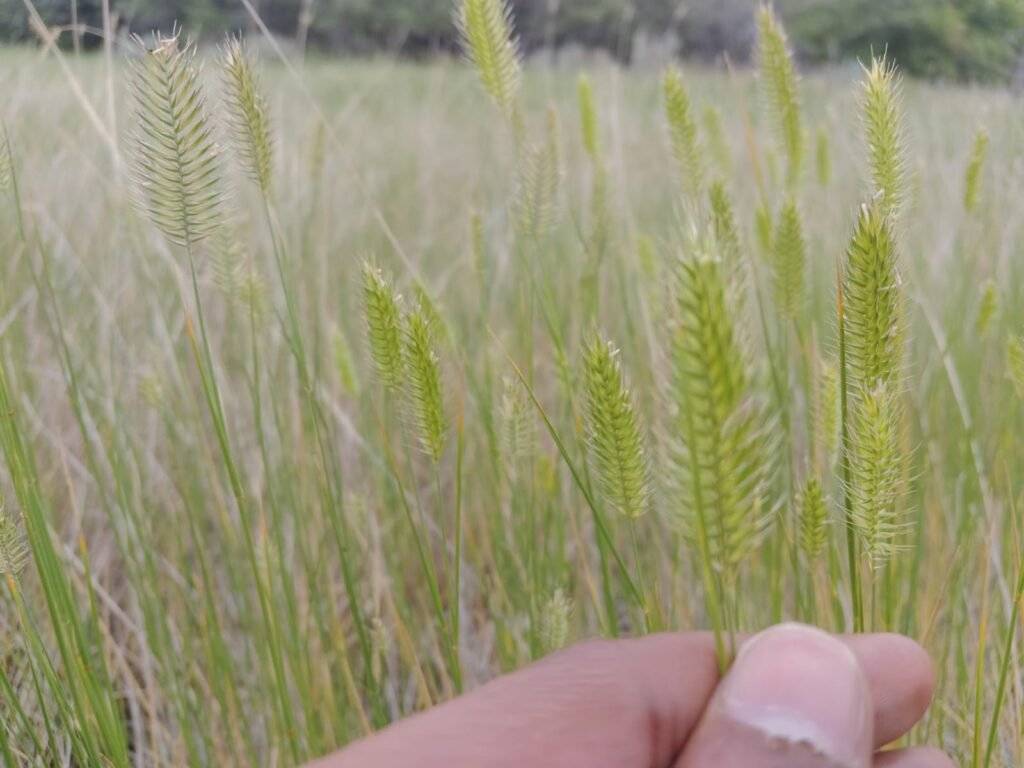
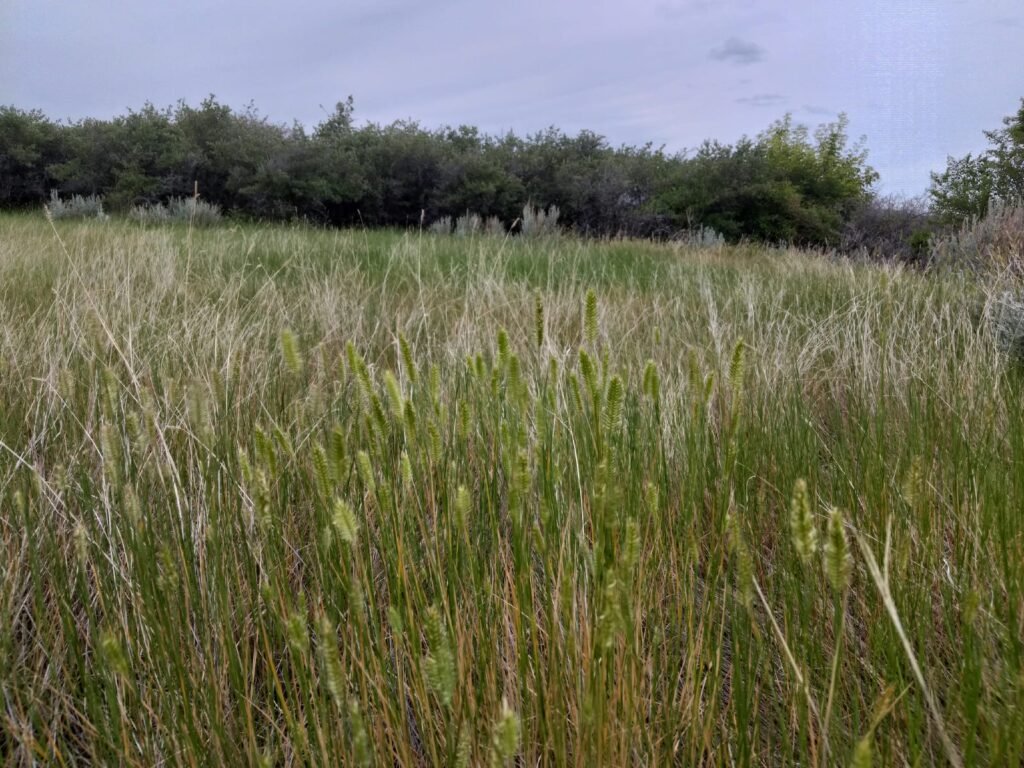
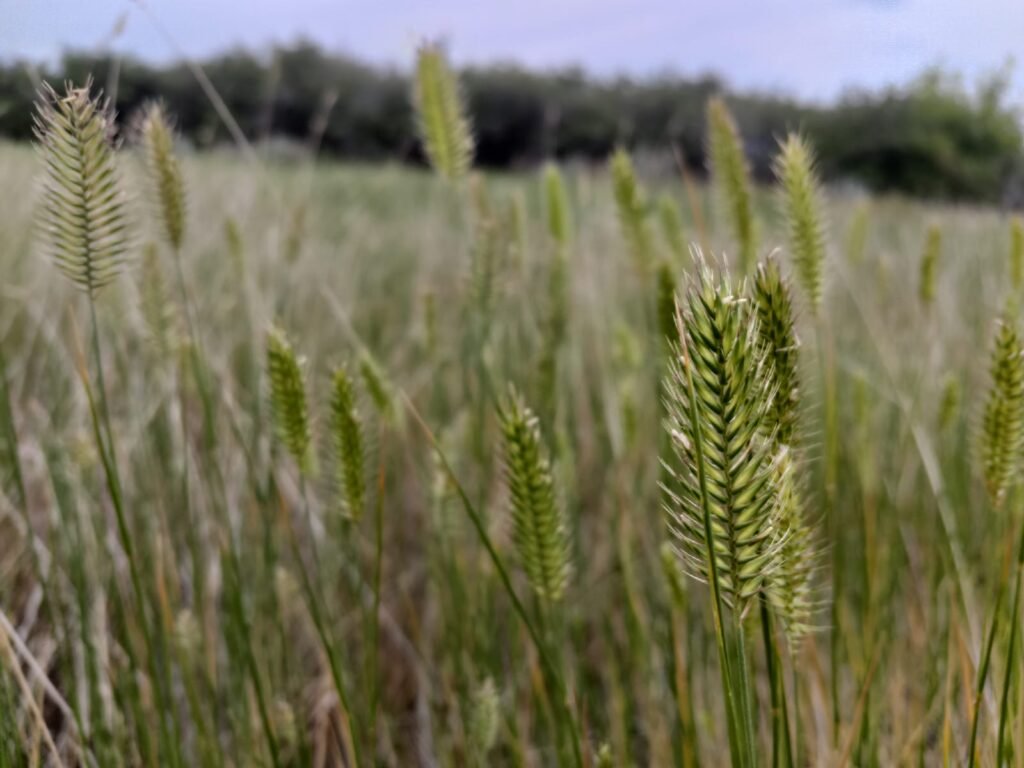
Crested wheatgrass (Agropyron cristatum) is a perennial and cool-season bunch grass. It is native to Europe and Asia and was introduced to North America in the early 1900s. Revegetation of degraded rangelands and farmlands was the main purpose for the widespread introduction of Crested Wheatgrass following severe drought years. However, as the negative impacts of Crested Wheatgrass greatly outweigh the positive impacts, it has been regarded as an invasive species.
In this post, I’ll be explaining the basis for calling Crested wheatgrass an Invasive Plant
For a species to be considered invasive, it has to pass through different stages – starting as an introduced species and after becoming a naturalized species, establishing itself as an invasive entity in the ecosystem – in the biological invasion process. Several frameworks describe the whole biological invasion process. The framework by Richardson (cited below) is often adopted by plant ecologists (Figure 1).

Figure 1: Introduction–naturalization–invasion continuum by Richardson
However, the unified framework of the introduction–naturalization–invasion (INI) continuum, proposed by Blackburn (cited below) is a comprehensive scheme that can be used to justify the invasiveness of any introduced life forms (Figure 2).

Figure 2: The proposed unified framework for biological invasions
Based on the conditions from this framework, Crested Wheatgrass can be considered an invasive grass species (Figure 3). Crested Wheatgrass was introduced as a good source of livestock fodder and for revegetation purposes, making it an alien plant (Figure 3). Additionally, according to the characteristics of naturalized plants, described in the framework, Crested Wheatgrass can also be considered one. Crested Wheatgrass can establish itself in a disturbed ecosystem and in areas that have the same environmental conditions as its native range, thus naturalizing in the new ecosystem.

Figure 3: Decision flowchart determining the status of Crested Wheatgrass as an invasive species
After naturalization, Crested Wheatgrass is defined as an invasive plant from two perspectives, scientific (based on the INI continuum) and legislative (Figure 3). The scientific perspective does not assume any adverse impact of invasive species and characterizes them based on their expansion, survival, and reproductive capability. Crested Wheatgrass conforms to these conditions of invasiveness as it has the ability to produce a large number of offspring and spread over a large area.
On the other hand, the legislative definition provided by international treaties and laws refers to the environmental or economic consequences of the invasion. For instance, the Convention on Biological Diversity defines invasive species as: “an invasive alien species (IAS) is an alien species whose introduction and/or spread threatens biological diversity”. Also, the legislation by the European Union defines invasive species as “an alien species whose introduction or spread has been found to threaten or adversely impact upon biodiversity and related ecosystem services”. Based on the legislative perspective, Crested Wheatgrass can also be considered as an invasive plant as it presents several ecological challenges (e.g., reducing plant diversity, influencing fauna presence) (Figure 3).
Suggested readings:
- Blackburn, T. M., Pyšek, P., Bacher, S., Carlton, J. T., Duncan, R. P., Jarošík, V., Wilson, J. R. U., & Richardson, D. M. (2011). A proposed unified framework for biological invasions. Trends in Ecology and Evolution, 26(7), 333–339. https://doi.org/10.1016/j.tree.2011.03.023
- Richardson, D. M., Pyšek, P., Rejmánek, M., Barbour, M. G., Dane Panetta, F., & West, C. J. (2000). Naturalization and invasion of alien plants: Concepts and definitions. Diversity and Distributions, 6(2), 93–107. https://doi.org/10.1046/j.1472-4642.2000.00083.x
- EU. (2014). Regulation (EU) No 1143/2014 on the prevention and management of the introduction and spread of invasive alien species. In Official Journal of the European Union.
- SCBD. (2017). What are Invasive Alien Species? www.cbd.int/invasive/WhatareIAS
- Hull, A. C., & Klomp, G. J. (1967). Thickening and Spread of Crested Wheatgrass Stands on Southern Idaho Ranges. Journal of Range Management, 20(4), 222. https://doi.org/10.2307/3896256
- Ogle, D. . (2006). Plant Guide for crested wheatgrass (Agropyron cristatum). https://www.fpl.fs.fed.us/documnts/usda/amwood/255redpi.pdf
- Skowronek, S. (2019). Mapping invasive plant species using hyperspectral data Mapping invasive plant speciesa using hyperspectral data Dissertation Sandra Skowronek. February.
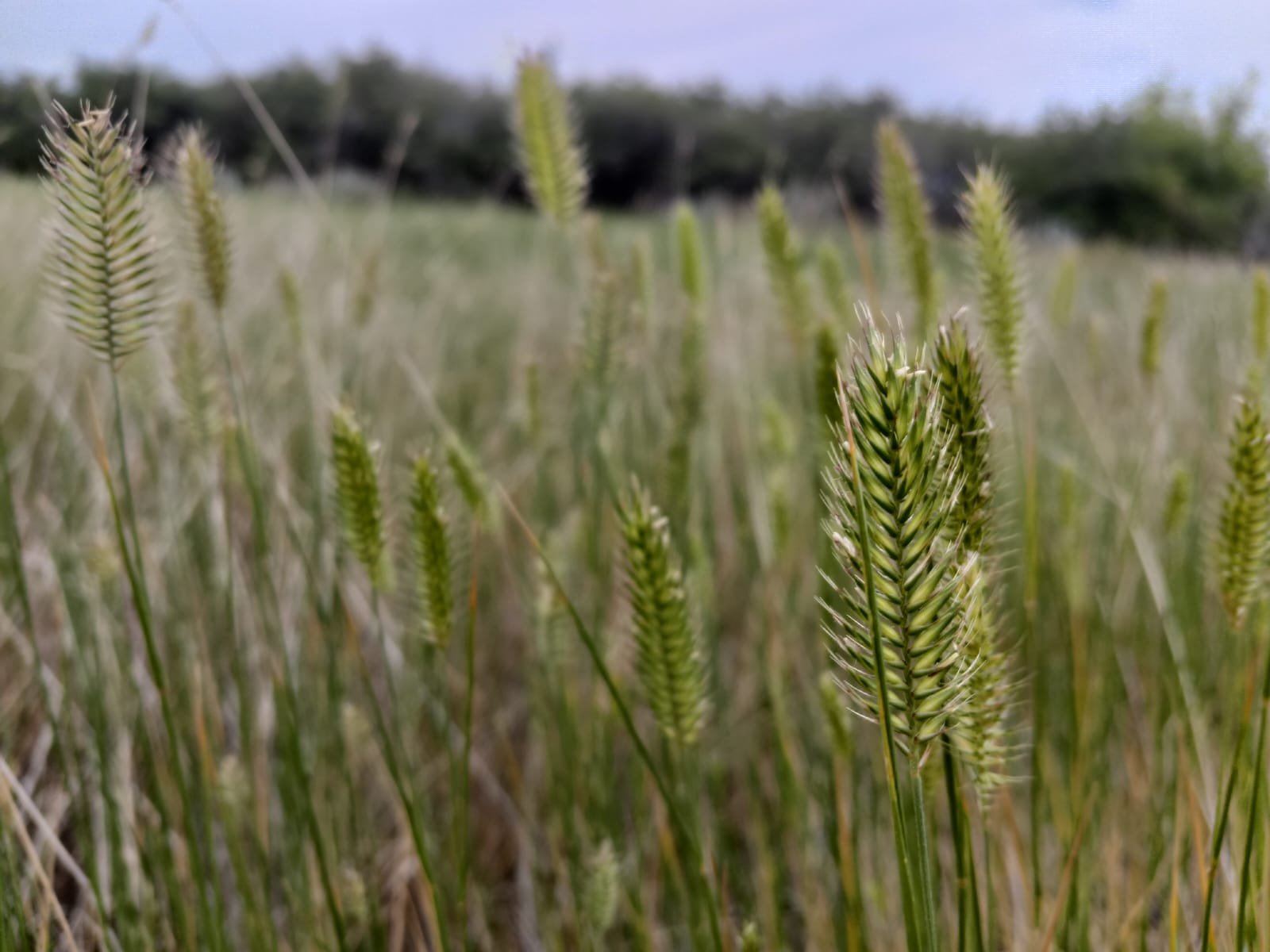
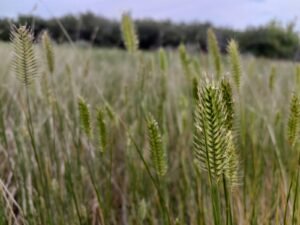
Leave a Reply